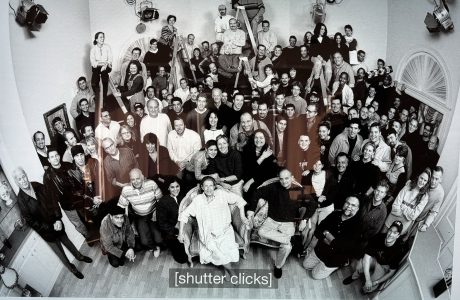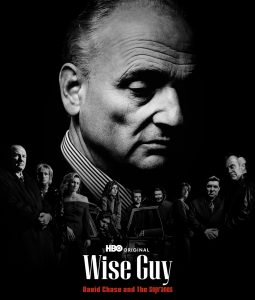Part One of Alex Gibney‘s Wise Guy: David Chase and The Sopranos is pretty much what I expected — a smooth, hugely enjoyable, inside-baseball chronicle of the life of David Chase (from his New Jersey childhood beginnings and an acrimonious relatonship with a difficult mom, all the way to the debut of The Sopranos in early ’99) and the corresponding creative genesis (writing, casting, uncertainties, early political struggles) of that landmark HBO series.
A delicious ride and a rich nostalgic recap…bull’s eye, made me happy, etc.
But Part Two really reached inside and got the old leaky spigots going…it took me back to the whole emotional extended-family meltdown thing…the whole James Gandolfini-Nancy Marchand-Drea de Matteo-Tony Sirico…all of it…it sent me right back to the early aughts…I could watch it all over again right now.
One relatively small thing threw me, and that’s the fact that Lorraine Bracco (Dr. Melfi, Goodfellas) doesn’t look like herself any more. Heavier face, gray hair…there’s almost literally no resemblance. The voice is familiar but the face is from some other realm…sorry.
I was also reminded how Gandolfini pretty much doubled in size between the season opener (shot in ’98, aired in ’99) and the last two seasons. Drinking, possibly drugs, no apparent restraint. He more or less killed himself. When Gibney asks Chase if he was surprised by Gandolfini’s death in Rome in June ’13, Chase says “no.”
I did a phoner with Chase in late ’98, the main topic being the odd resemblance between the psychiatric angle in The Sopranos and the psychiatric hook in Harold Ramis and Kenneth Lonergan‘s Analyze This, which opened on 3.5.99 or roughly two months after the 1.10.99 Sopranos debut.
I also spoke to Ramis for this story, and he told me upfront that he’d heard The Sopranoe was “really good.”


‘
